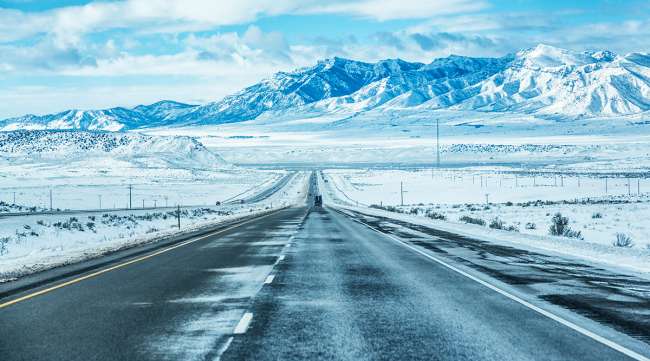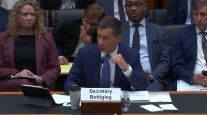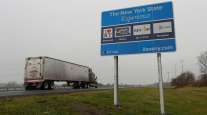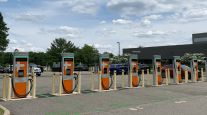Staff Reporter
ASCE Gives Utah C+ on Infrastructure Report Card

[Stay on top of transportation news: Get TTNews in your inbox.]
Utah earned a C+ on its most recent infrastructure report card, according to preliminary findings from the American Society of Civil Engineers.
ASCE representatives disclosed the report card results virtually Dec. 16 due to coronavirus-related safety concerns.
The report card evaluated 12 categories of infrastructure: aviation, bridges, canals, dams, drinking water, hazardous waste, levees, solid waste, stormwater, roads, transit and wastewater.
Utah Infrastructure Grades by Transport Topics on Scribd
“We know that strong infrastructure is beneficial to the economy by enabling goods to travel over our bridges and highways, allowing employees to reach their offices in a timely and safe manner and keeping businesses operational through extreme weather or seismic events,” said Darren Burton, president of ASCE’s Utah section.
The full report card is scheduled to be released in early January.
Bridges and roads were among the top scoring categories, each earning a B+. Over the past five years, Utah has experienced a decrease of approximately 40% in its number of structurally deficient bridges. According to ASCE, this encouraging trend is partially due to the Utah Department of Transportation’s increase in funding, which jumped from $26.5 million in 2016 to $48 million annually from 2018 to 2020.

Friant
However, 28% of Utah’s bridges have exceeded their 50-year design life, according to Craig Friant, chairman of Utah’s report card committee. The findings note that Utah’s commitment to preservation, rehabilitation and replacement efforts must increase as the average age of bridges increases.
Roads have also seen an increase in dedicated funding. According to ASCE’s findings, funding for roadways has increased from $1.2 billion in 2017 to $1.7 billion in 2020 to help serve “extensive freight traffic from regional ports.” Several major routes, including interstates 15, 70 and 80, pass through Utah.
“Utah is considered the crossroads of the west,” Friant said. “We play a big role in moving freight and goods across the country. Our state’s transportation system plays a role not only in our economic viability, but for the rest of the country.”
In order to boost funding, Utah is preparing for a small fuel tax increase at the start of the new year. The current motor and special fuels tax rate is 31.1 cents per gallon. The rate will jump to 31.4 cents per gallon starting Jan. 1. Utah also has embraced road user charges as a financing mechanism.

In this special two-part year in review, we look at the technology and regulatory developments that will help you and your business in 2021. Transport Topics Reporter Eleanor Lamb and Managing Editor for Features Seth Clevenger discuss HOS, software, equipment and more. Hear a snippet, above, and get the full program by going to RoadSigns.TTNews.com.
Utah is experiencing population growth, which places a strain on the state’s infrastructure systems. According to the U.S. Census Bureau, Utah’s population has grown from 2.8 million people in 2010 to 3.2 million people in 2019, a 16% increase.
Friant said Utah’s population is expected to reach 5 million by 2050, and said infrastructure needs to keep pace to serve population-related demands.
Utah’s report card grade is better than those of the other states ASCE assessed in 2020. For example, Maine received a C-, and West Virginia earned a D on their latest report cards, both issued Dec. 2. In April, Mississippi received a D+, and Maryland a C.
ASCE President Kancheepuram Gunalan said ASCE’s national infrastructure report card will be released in March.
“Utah’s grade [is] one of the highest in the nation,” Gunalan said. “With the projected growth and changing demographics and aging infrastructure, we need to continue to not let our guards down but continue to make the investments.”
Want more news? Listen to today's daily briefing:
Subscribe: Apple Podcasts | Spotify | Amazon Alexa | Google Assistant | More




